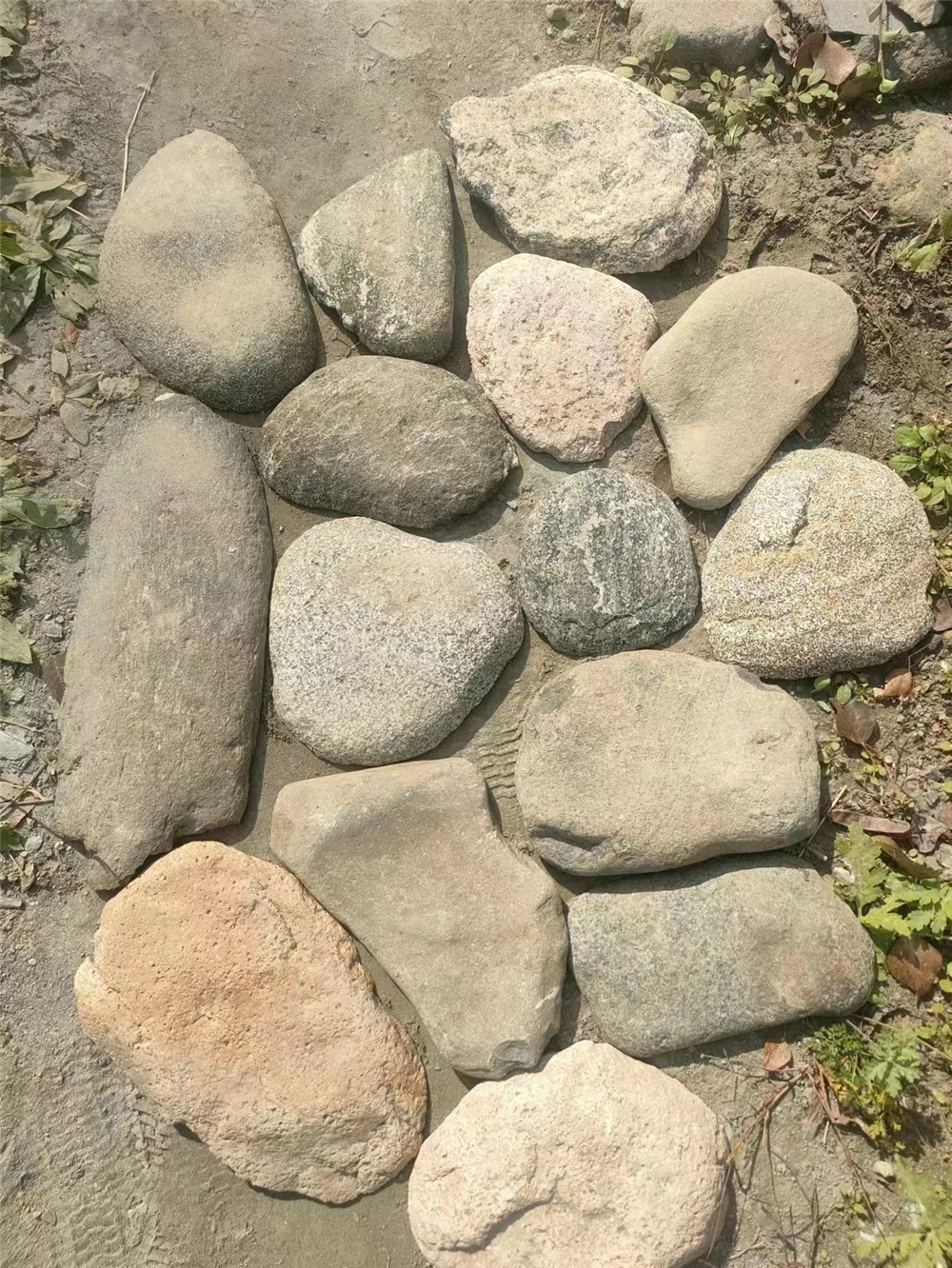Introduction
The use of stone as a building material dates back centuries, with its durability, strength, and aesthetic appeal making it a popular choice for construction projects around the world. However, the traditional use of natural stone comes with its challenges, including weight, cost, and installation difficulties. In recent years, advancements in technology have led to the development of lightweight cultured stone, offering a more versatile and cost-effective alternative to natural stone. This article will explore the evolution of lightweight cultured stone, its benefits, applications, and future prospects.
History of Cultured Stone
Cultured stone, also known as manufactured stone or faux stone, has been around for several decades, with its origins dating back to the 1960s. Initially developed as a cost-effective alternative to natural stone, cultured stone was created by mixing cement, aggregates, and iron oxide pigments to mimic the look and feel of natural stone. The manufacturing process involved pouring the mixture into molds to create realistic stone shapes, textures, and colors.
Over the years, advancements in technology and materials have revolutionized the production of cultured stone, leading to the development of lightweight options that offer enhanced durability, flexibility, and aesthetics. Lightweight cultured stone is made using lightweight aggregates, such as expanded clay, perlite, or pumice, which reduces the overall weight of the product while maintaining its strength and structural integrity.
Benefits of Lightweight Cultured Stone
The growing popularity of lightweight cultured stone can be attributed to its numerous benefits, making it a preferred choice for architects, builders, and homeowners alike. Some of the key advantages of lightweight cultured stone include:
1. Weight Reduction: Traditional natural stone can be heavy and cumbersome to transport, handle, and install. Lightweight cultured stone offers a significant weight reduction, making it easier and more cost-effective to transport and install on various surfaces without the need for additional structural support.
2. Cost-Effective: Lightweight cultured stone is more affordable than natural stone, making it an attractive option for budget-conscious projects. The reduced weight also translates to lower shipping and installation costs, further contributing to overall cost savings.
3. Versatility: Lightweight cultured stone comes in a wide range of shapes, sizes, textures, and colors, offering endless design possibilities for both interior and exterior applications. Whether used for accent walls, fireplaces, facades, or landscaping, lightweight cultured stone can enhance the aesthetic appeal of any space.
4. Durability: Despite being lightweight, cultured stone is highly durable and weather-resistant, making it suitable for both indoor and outdoor use. The materials used in the manufacturing process are engineered to withstand harsh environmental conditions, ensuring long-lasting performance and minimal maintenance requirements.
5. Eco-Friendly: Lightweight cultured stone is made using sustainable materials and production processes, making it an environmentally friendly choice for green building projects. By reducing Mosaic stepstone pavers for artistic expression for natural stone extraction, lightweight cultured stone helps preserve natural resources and minimizes the carbon footprint of construction projects.
Applications of Lightweight Cultured Stone
The versatility and durability of lightweight cultured stone make it suitable for a wide range of applications in residential, commercial, and landscaping projects. Some of the popular uses of lightweight cultured stone include:
1. Interior Walls: Lightweight cultured stone can be used to create stunning accent walls, fireplace surrounds, and feature walls in residential and commercial spaces. The lightweight nature of the material allows for easy installation on various wall surfaces without the need for additional structural support.
2. Exterior Facades: Lightweight cultured stone can enhance the curb appeal of buildings by adding texture, depth, and character to exterior facades. Whether used as cladding for entire facades or as decorative elements, lightweight cultured stone can transform the look of any structure.
3. Fireplaces: Lightweight cultured stone is a popular choice for fireplace surrounds and mantels, adding warmth and elegance to living spaces. The lightweight nature of the material makes it easy to install around fireplaces without compromising safety or aesthetics.
4. Landscaping: Lightweight cultured stone can be used to create beautiful hardscaping elements in outdoor spaces, such as retaining walls, garden borders, and pathways. The durability and weather resistance of the material make it ideal for landscaping projects that require long-lasting performance.
5. Commercial Projects: Lightweight cultured stone is widely used in commercial projects, such as hotels, restaurants, retail stores, and office buildings, to create unique and inviting spaces. The versatility of the material allows for custom designs that reflect the brand identity and style of the establishment.

Future Prospects of Lightweight Cultured Stone
As the demand for sustainable and cost-effective building materials continues to grow, the future prospects of lightweight cultured stone look promising. Advancements in manufacturing processes, materials technology, and design innovations are expected to further enhance the performance and aesthetics of lightweight cultured stone, making it a preferred choice for construction projects worldwide.
One of the key trends in the lightweight cultured stone industry is the focus on customization and personalization. Manufacturers are offering a wide range of textures, colors, and shapes to cater to the diverse design preferences of architects, builders, and homeowners. Customized lightweight cultured stone options allow for unique and creative applications that can transform any space into a work of art.
Another emerging trend is the integration of smart technologies and sustainable practices in the production of lightweight cultured stone. Manufacturers are exploring innovative ways to reduce waste, energy consumption, and environmental impact during the manufacturing process. By incorporating recycled materials, renewable energy sources, and eco-friendly production techniques, lightweight cultured stone is evolving into a more sustainable and environmentally responsible building material.
In conclusion, the evolution of lightweight cultured stone represents a significant advancement in the construction industry, offering a versatile, cost-effective, and sustainable alternative to natural stone. With its numerous benefits, applications, and future prospects, lightweight cultured stone is poised to revolutionize the way we design and build structures for generations to come. Whether used for interior walls, exterior facades, fireplaces, landscaping, or commercial projects, lightweight cultured stone offers endless possibilities for creating beautiful and functional spaces that stand the test of time.
